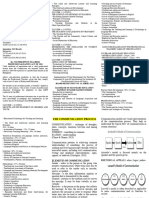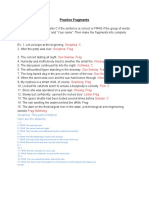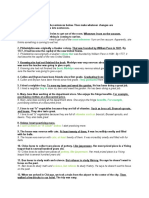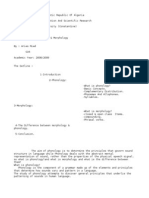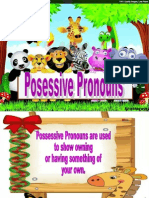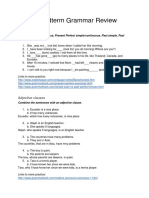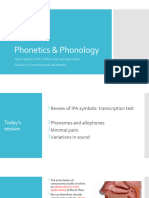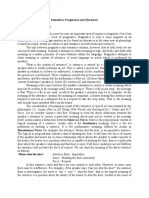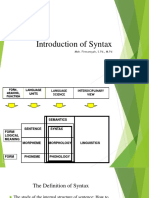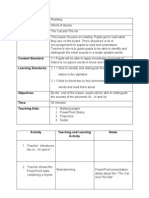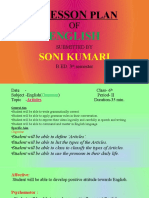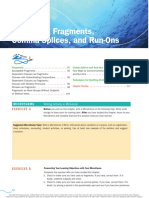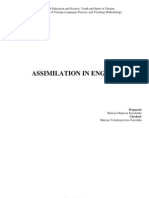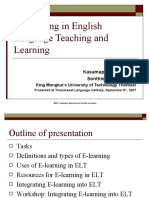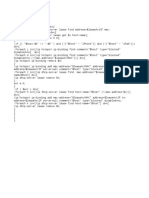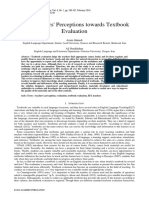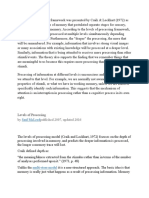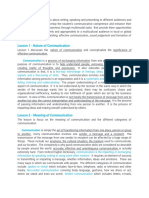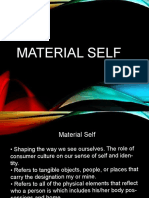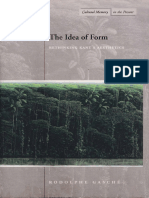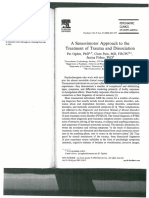Ibb University
MA Programme – TESOL Track
Language Skills
Main Source: Cunningsworth, A. (1995). Choosing your
coursebook. Oxford: Macmillan Heinemann ELT.
Dr. Marwan At-Tayar
1
� Theoretical Part
The four sills in general coursebooks
- Listening
- Speaking
- Reading
- Writing
Practical Part
Examine criteria and samples for analysis
representing the above
2
� The skills dimension complements the dimension of
grammatical/lexical/phonological knowledge and focuses on the
ability of learners actually to operate in the language.
The emphasis is on linguistic behavior and on learners’ ability to
use the language in different situations requires different skills,
sometimes in isolation but more usually together.
We need to check if the coursebook deals adequately with all
four skills, taking the level and overall aims into account, and if
there is a suitable balance between the skills.
The knowledge base of grammar, lexis, etc. and the skills base of
listening, speaking, etc. must go hand-in-hand.
Coursebooks should develop students’ skills in using English as
much as they help to develop students’ knowledge (explicit or
not) of the system of English.
So, as the grammar element in the course progresses and the
vocabulary becomes more extensive, we should expect to sec the
3
skills work become more demanding.
� Whether the material presented for skills work is specially written
for the coursebook is semi-authentic (originally authentic but
simplified) or authentic should also be considered.
We should look for the use of authentic or semi-authentic
material at an appropriate point in the coursebook, as it brings
greater realism and relevance and can increase learner
motivation.
4
� Is practice in all four skills included?
If so, is it balanced?
If not, which skills are omitted, and why?
Does the skills work progress in terms of complexity and
difficulty, in line with the grammatical| and lexical progression of
the course? How well is this achieved?
Do the presentation and practice activities include the integration
of skills in realistic contexts?
Does the coursebook use authentic material at an appropriate
level (e.g. pre-intermediate, intermediate, advanced)?
If semi-authentic material is used, is it representative of authentic
discourse?
If non-authentic material is used, is it nevertheless a good model
for learners to follow?
5
� Coursebooks focus on listening in two different ways:
◦ As part of general oral work, including dialogues and
roleplay, where listening plays a secondary role
compared with speaking.
◦ Handle listening is in its own right, with recorded
listening passages for comprehension, for extraction
of information, as a lead-in to discussion, in
conjunction with a reading text, etc.
6
� What kind of listening material is contained in the course?
◦ Does listening form part of dialogue/conversation work?
◦ Are there specific listening passages?
If there are specific listening passages, what kind of activities are based on
them: comprehension questions, extracting specific information, fill in blanks,
etc.?
Is the listening material set in a meaningful context?
Are there pre-listening tasks, questions, etc.?
What is the recorded material on audio-cassette like in terms of:
◦ sound quality
◦ speed of delivery
◦ accent
◦ authenticity?
Is there any video material for listening?
If so, is good use made of the visual medium to provide a meaningful context
and show facial expression, gestures, etc.?
7
� Speaking practice takes place through the oral presentation and
practice of new language items, in dialogue work and in roleplay.
The more mechanical aspects of speaking are also covered in
pronunciation practice, where this forms part of the course
package.
Coursebooks vary in the amount of preparation they give at more
advanced levels. Some simply provide topics for discussion,
whilst others set up more realistic interactions through the use of
communication activities.
Speaking materials should teach learners strategies and skills of
speaking, such as saying what you mean and getting around
vocabulary difficulties at elementary level, and on learning how
to redirect a conversation at advanced level.
In other words, we need to evaluate how effectively the material
equips learners for real-life interactions.
8
� How much emphasis is there on spoken English in the
coursebook?
What kind of material for speaking is contained in the
course? This may include:
- presentation and practice of language items
- dialogues
- roleplay
- communication activities (information gap)
Are there any specific strategies for conversation or
other spoken activities, e.g. debating, giving talks?
Is any practice material included to help learners to cope
with unpredictability in spoken discourse?
9
�Reading texts can be used for several different purposes
which are reflected in coursebooks:
◦ developing reading skills and strategies
◦ presenting/recycling grammar items
◦ extending vocabulary
◦ providing models for writing
◦ giving information of interest to students
◦ stimulating oral work.
Reading texts also allow students to reflect on the
structure and use of language at their own pace.
10
� We should check if reading passages in the coursebook
are:
of real interest
as authentic as possible considering the level
Well presented and accompanied by purposeful
activities.
Reading can be linked to other skills work, particularly
listening (reading texts recorded on cassette and ask
learners to listen as they read) and writing (the reading
text, or part of it, is used as a model for written work).
11
� When analysing the reading content of a general coursebook, we
need to consider:
◦ the quantity of reading material
◦ the type of reading passages
◦ how early on reading passages are introduced in a
beginners’ course
◦ whether any help is given to learners in developing
good reading strategies
◦ the nature and range of exercises and activities linked
to the reading passages.
12
� Concerning the texts themselves, we need to know: `
◦ how long they are
◦ how authentic they are
◦ how complex the grammatical and discourse structure
is
◦ what the range of vocabulary is
◦ whether any specialized background knowledge is
needed in order to understand them.
13
� The types of reading material used can vary considerably
according to the coursebook writer’s perception of the interests,
expectations and previous experience of the learners. There are a
number of dimensions should be considered:
◦ Topic: What sort of topics are included? Are they interesting,
challenging, topical, culturally acceptable, etc.?
◦ Presentation of topic and the use of different type-faces,
simulated or real newspaper formats, colour blocks, etc.
◦ Authenticity of texts language, taking into account the level.
◦ The type or genre of text: press extracts, advertisements,
instructions, recipes, information leaflets, poems, letters, etc.
Exercises and activities accompanying the reading texts should
help learners to read with understanding and enjoyment.
Students can be encouraged to acquire effective reading
strategies: prediction techniques, skim-reading, dealing with
unfamiliar vocabulary, etc. 14
� We should see what is done to develop vocabulary through
reading.
Different types of vocabulary-teaching exercises linked to
reading:
◦ words are pre-taught because they are unfamiliar to the learners
and key to understanding the text
◦ after reading, students undertake word-search activities,
looking in the text for near-synonyms, opposites, etc. of words
given in the exercise
◦ learners use new vocabulary from the reading passage in
different contexts.
15
� Is the reading text used for introducing new language items
(grammar and vocabulary), consolidating language work, etc.?
Is there a focus on the development of reading skills and
strategies?
Is the reading material linked to other skills work?
Is there emphasis on reading for pleasure and for intellectual
satisfaction?
How many reading text are there, and how frequently they occur?
How early on in the course (at elementary level) do reading texts
start to appear?
How long are the texts? Do they encourage intensive/extensive
reading?
How authentic are the texts?
Is the subject matter appropriate (interesting, challenging, topical,
varied, culturally acceptable, unlikely to date)? 16
� What text types (genres) are used? Are they appropriate?
Are the texts complete or gapped?
Does the material help comprehension by, for example:
◦ setting the scene
◦ Providing background information
◦ giving pre-reading questions?
What kind of comprehension questions are asked:
◦ Literal (surface) questions
◦ discourse-processing questions
◦ inference questions?
To what extent does the material involve the learner's knowledge
system (knowledge of the world)?
17
� Writing activities in coursebooks are normally of the controlled
or guided kind: A model is given and the students task is to
produce something similar, usually based on additional
information given.
The types of writing tasks given can be varied to include writing
factual accounts such as a report for a newspaper, filling in grids,
writing notes to others, making lists, filling in forms, writing a
diary, writing formal and informal letters, summarizing texts, etc.
Writing material should familiarize learners with the way written
text is organized in terms of its discourse structure.
Coursebook should cover as many of different kinds of writing
as is appropriate for the level of the learners.
Coursebooks should expose learners to the different written
styles.
We should check which aspects of writing (paragraphing,
spelling and punctuation) are covered and how it is done.
18
� How does the material handle
- controlled writing
- guided writing
- free or semi-free writing?
Is there appropriate progression and variety of task?
Are the conventions of different sorts of writing taught? lf so, which
ones, and how are they presented?
Is paragraphing taught adequately?
Is there emphasis on the style of written English? At advanced level,
is there attention to different styles according to text type?
Is attention given to the language resources specific to the written
form, such as punctuation, spelling, layout, etc.?
How much emphasis is there on accuracy?
Are learners encouraged to review and edit their written work?
Is a readership identified for writing activities? 19
